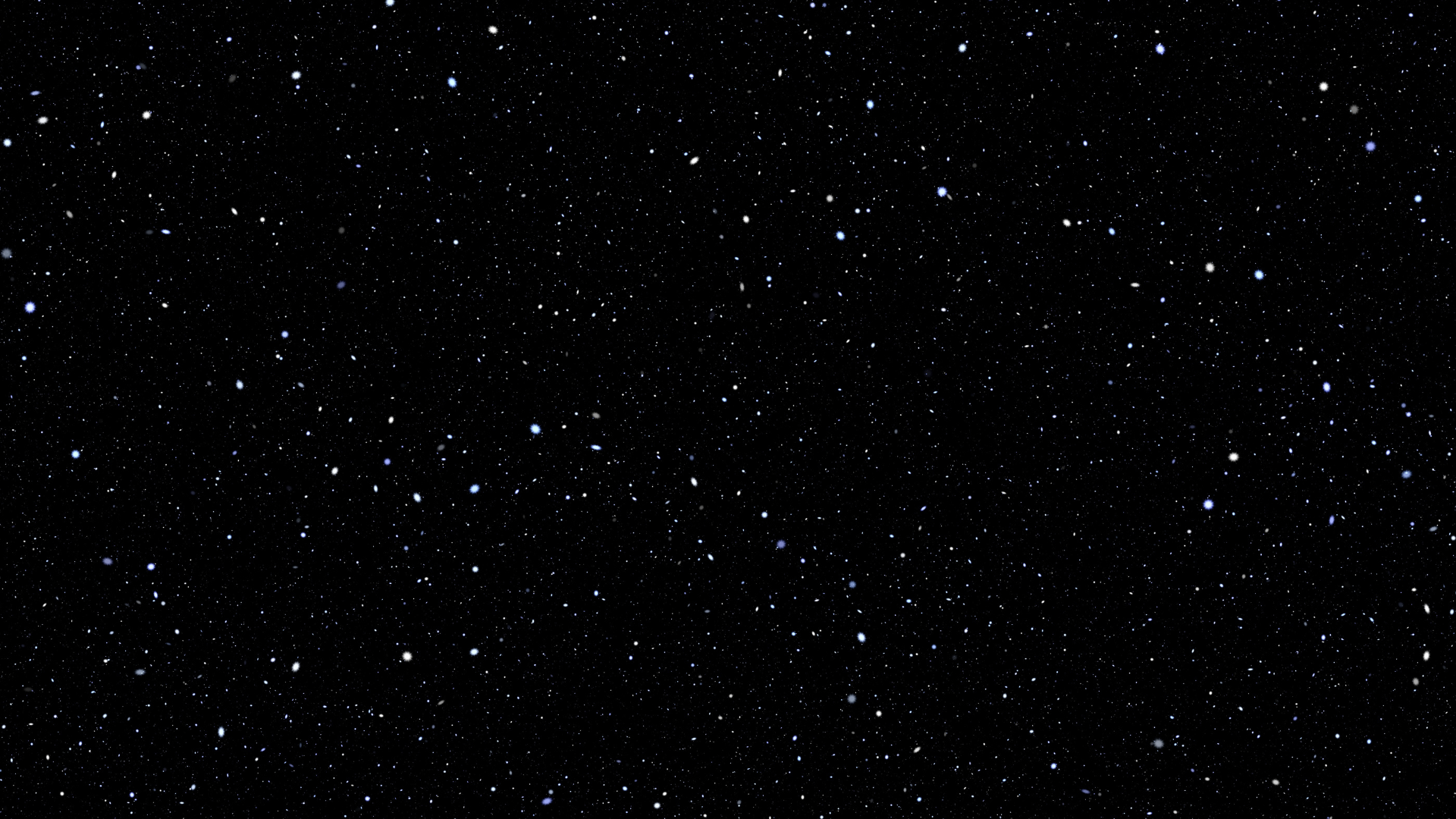Viy (1967), directed by Konstantin Ershov and Georgiy Kropachyov, is an engrossing adaptation of Nikolai Gogol’s eponymous horror novella. This Soviet-era cinematic gem reveals a tale of terror, folklore, and the uncanny in a rural place that becomes a liminal space of dread as the uncanny motif resurfaces through the dichotomous tension between the known and the unfamiliar, between the seemingly idyllic rural setting and the unsettling supernatural elements that inhabit it. The familiar shifts into something terrifying as the character of the witch, Pannochka, an embodiment and manifestation of the uncanny, oscillates in appearance, morphing from the archetypal fairytale figure of the crone into a beautiful, ghostly young woman who summons demons, vampires, and Viy, a horrifying creature.
Delving into the intersection of the familiar and the strange, the natural and the supernatural, the film’s disturbing visuals—like the summoning of demons, the witch’s flight, and the final ghastly revelation of Viy—juxtapose the mundane rural setting with the phantasmagoric. The uncanny is also present through the motif of repetition, the return of the repressed, the shift from the familiar to the alien, the tension between the two different states: idyllic bliss and the state of unsettling anxiety, unease, and ambiguity associated with supernatural occurrences.

